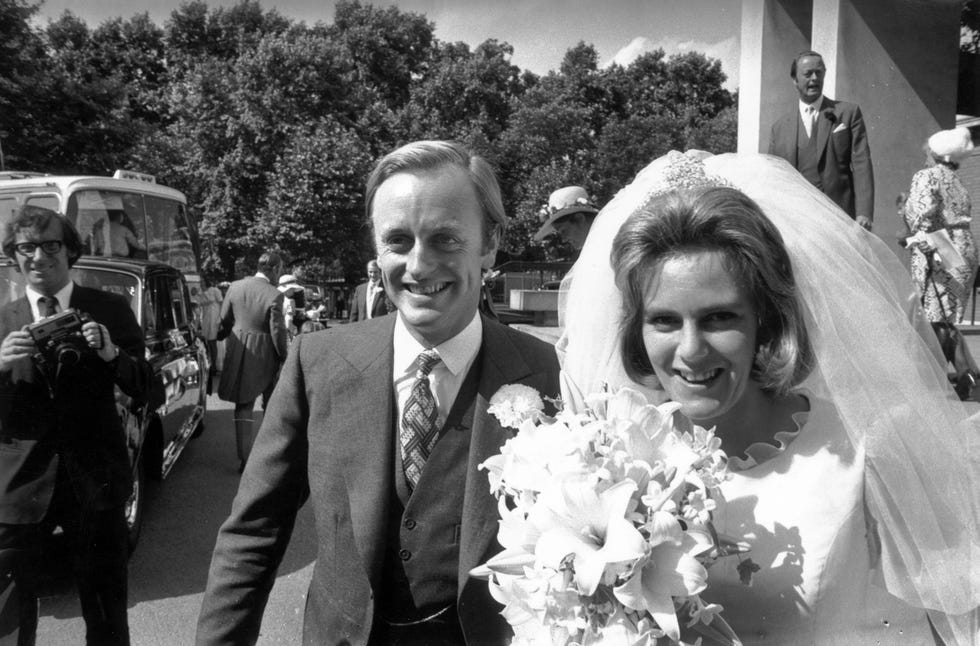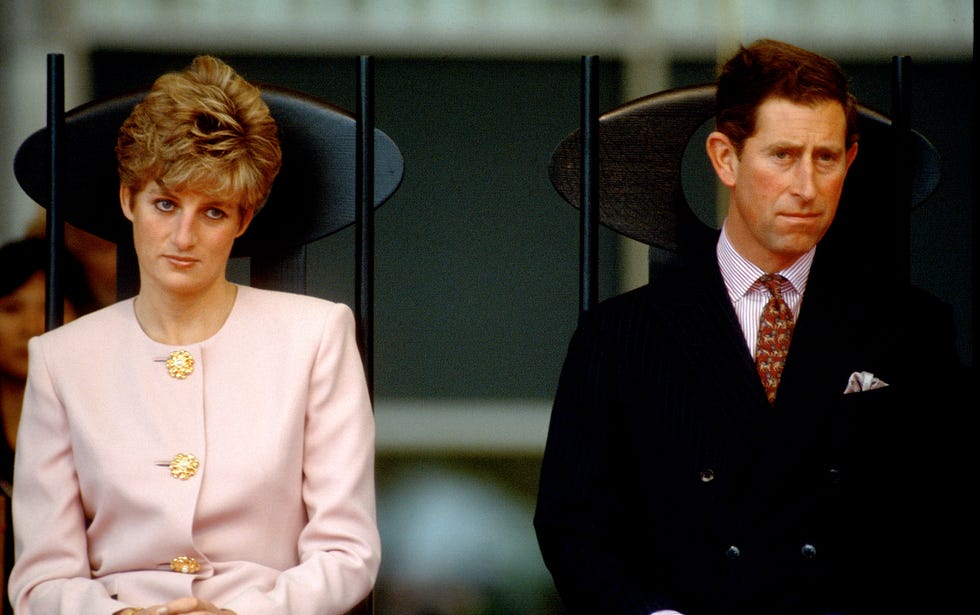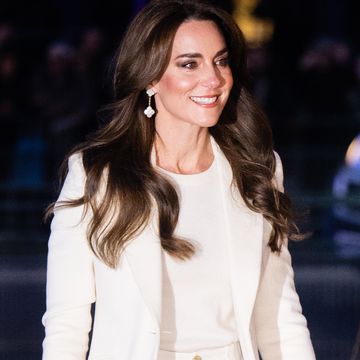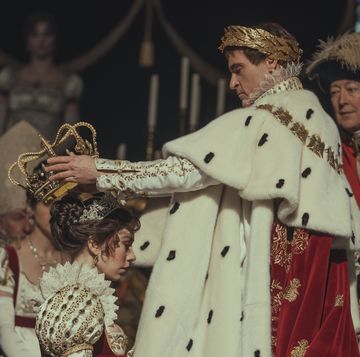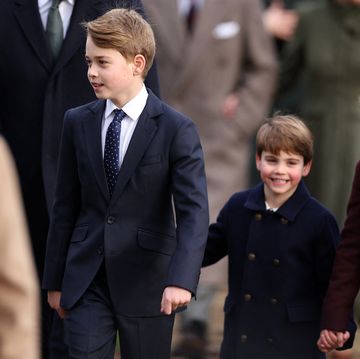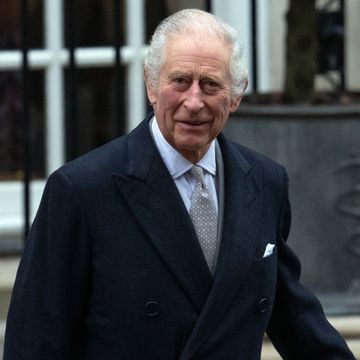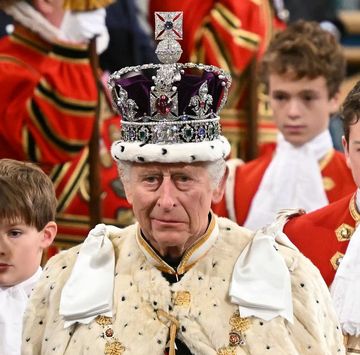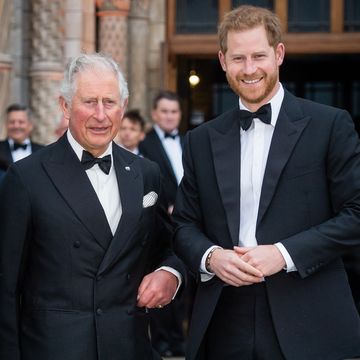By the time he was 23, Prince Charles was in love with Camilla Shand. Camilla was close in age (just 16 months older), shared similar interests and knew how to listen to the prince. Yet their connection couldn't transform Camilla into a suitable match for the heir to the British throne — at least at the time. Instead, the two went on to wed other partners, engaged in a scandalous affair, and watched as Camilla become the long-time object of public scorn. Here's a look at the critiques and considerations of Camilla that kept the couple (officially) apart until they were able to finally tie the knot in 2005.
Camilla was considered a commoner
Camilla was from an upper-class background; her wealthy, well-connected relations included a grandfather who was a baron. However, many of those around Charles wanted the prince to wed someone with the highest aristocratic pedigrees. During his bachelor years, he was often linked to the daughters of dukes and earls, one of whom was Lady Sarah Spencer, older sister to the girl who would become Princess Diana. Lord Louis Mountbatten, a mentor, great-uncle, and surrogate grandfather to the prince, had a match between Charles and his own granddaughter in mind.
Camilla didn't possess a title, but she did have a royal link: Her great-grandmother, Alice Keppel, had been a mistress of Edward VII, Charles' great-grandfather. Mutual friend Lucia Santa Cruz reportedly joked about the relationship when she introduced them, saying, "Now, you two, be very careful, you’ve got genetic antecedents." Yet the connection wasn't one likely to render Camilla more suitable in the eyes of a monarchy dedicated to preserving its public image.
Of course, a few decades later Kate Middleton was able to marry Charles' son Prince William even though she was a commoner. Camilla's background wasn't a strong asset, but it also wasn't the sole reason she was deemed unsuitable.
Camilla had many relationships which made her too 'experienced'
Camilla had met Andrew Parker Bowles, a Household Cavalry officer, in 1965. They ended up in a passionate, though problematic, relationship. And when not with Parker Bowles, she'd had other boyfriends. Her dating life wasn't out of the ordinary, but she was seen by the palace as "experienced" — and because the relationships were public knowledge, Camilla couldn't put up a pretense of purity. Unfortunately, Charles and those around him believed it was important his wife — and future queen — not have an extensive romantic history.
In fact, Mountbatten had advised him that finding a virginal bride was paramount. Mountbatten wrote a letter to a 25-year-old Charles in 1974 that said, in part: "I think it is disturbing for women to have experiences if they have to remain on a pedestal after marriage." Plus Charles was constantly in the media spotlight, and his wife's past romances would have been subject to widespread press attention.
Any reproach of Camilla's love life reflected a strong societal double standard since Charles' many flings earned no condemnation. But this hypocrisy did factor into the prince's choice of a mate. When he wed Lady Diana Spencer, he was 31 and she was 19; the large age gap helped ensure she didn't have any kind of serious romantic past.
READ MORE: Inside Prince Charles' Long Hunt For a Bride
Charles wasn't ready for marriage... Camilla was
Though Charles quickly developed strong feelings for Camilla while they were together and was ostensibly wife-hunting (he was first in line to the throne, with a duty to produce an heir) — at the time he wasn't ready to marry. In addition to counseling Charles about how experienced his wife should be, Mountbatten had also told him a man should sow his wild oats and have as many affairs as he can before settling down. Given the number of women Charles dated over the years, he seemed to have taken this advice to heart.
While Charles wasn't ready for matrimony, Camilla was. Like most other girls with her background, she'd been raised to expect that her life path would be to get married, then set up a home with her husband and children. She hadn't gone to university, and instead of pursuing a career, she'd taken temporary jobs. For her, life wouldn't truly begin until she made it to the altar.
Parker Bowles had been away with his regiment in 1972, but he rekindled his relationship with Camilla while Charles was off with the Royal Navy. Camilla was soon engaged to her old boyfriend; they married in 1973, devastating Charles. Yet Parker Bowles wasn't just a consolation prize for Camilla when she couldn't marry the prince; she had always had strong feelings for him. In fact, the depth of her devotion to Parker Bowles didn't make her any more suitable for Charles.
The pair reignited their love affair in the mid-80s
Camilla and Charles re-started their affair around 1986, while both were married; Charles wasn't happy with Diana, and Camilla's husband cheated regularly. But the affair didn't stay under wraps. And in 1993, a transcript of phone recordings, allegedly of the prince and Camilla, became public. The revealed intimacies included Charles telling Camilla his wish "to live inside your trousers," then his concern he could become a tampon.
The scandal, known as "Camillagate," was followed by Charles confessing to adultery in a television interview the next year. By 1996, both Camilla and Charles were divorced. However, the circumstances meant Camilla still wasn't seen as suitable for the prince.
As Charles would become Defender of the Faith when he took the throne, marrying a divorcée was tricky. And Charles' mother, Queen Elizabeth II, disapproved of Camilla's behavior, at one point reportedly calling her "that wicked woman." In addition, the Queen Mother, Charles' grandmother, detested Camilla. She had come to see in Camilla an echo of Wallis Simpson, the woman whose marriage to her brother-in-law had upended the monarchy.
After Diana's death, Charles and Camilla went public
Besides being unpopular with members of the royal family, Camilla wasn't a public favorite. In the eyes of many, she was an adulteress who had made Princess Diana's life miserable. (Diana famously said, "Well, there were three of us in this marriage, so it was a bit crowded.") But Charles wasn't willing to give Camilla up a second time.
In 1999, two years after Diana's death, Charles and Camilla began appearing in public together. Slowly her stock began to rise. Queen Elizabeth and Charles' sons seemed to accept the relationship. The Queen Mother remained opposed but passed away in 2002. In 2005, Charles and Camilla wed in a civil ceremony.
Since her marriage, Camilla has been referred to as the Duchess of Cornwall, since the title Princess of Wales was seen as belonging to Diana. In addition, it was announced that Camilla would be known as Princess Consort when Charles took the throne. Yet she has become more popular, and rumors abound that Charles would like to have her as his queen. Only time will tell what title will be viewed as suitable for Camilla if and when Charles begins his reign.


